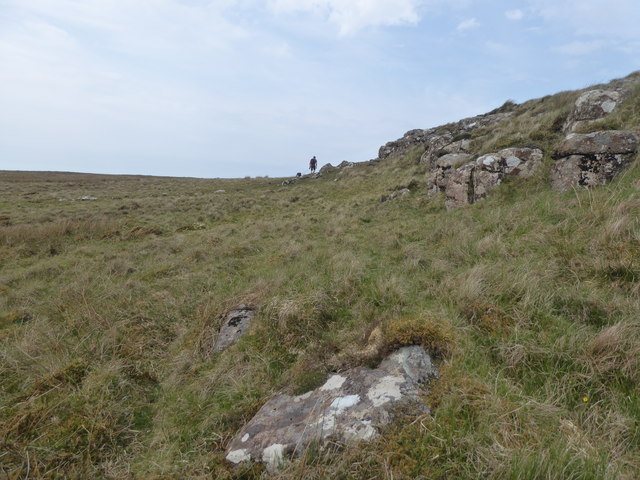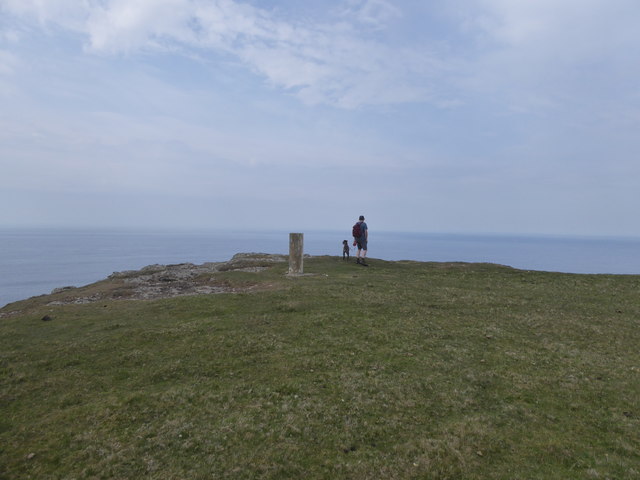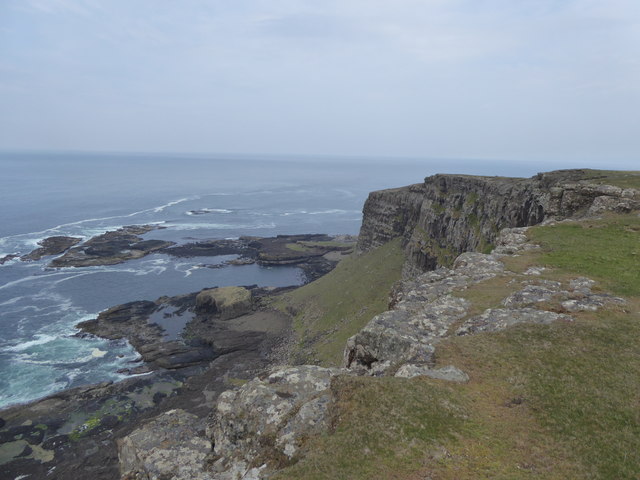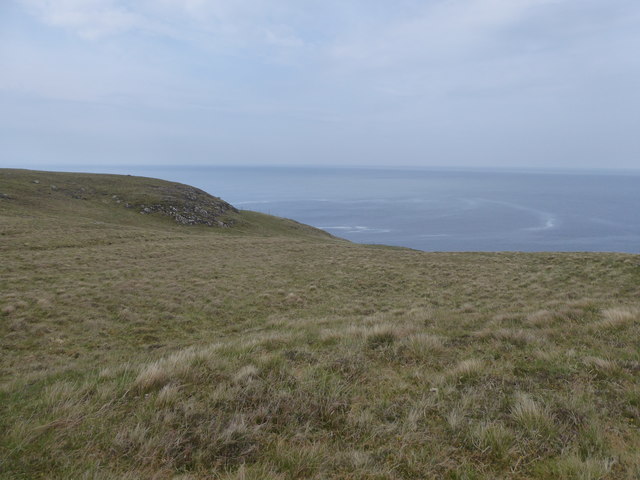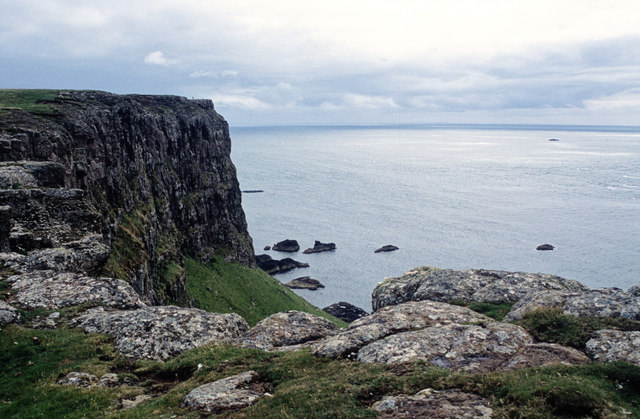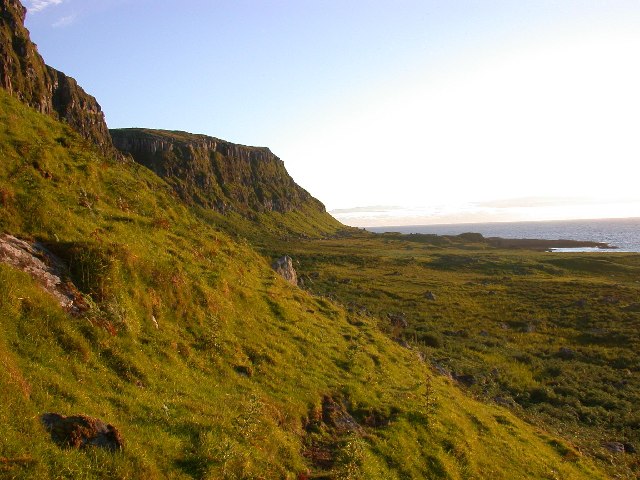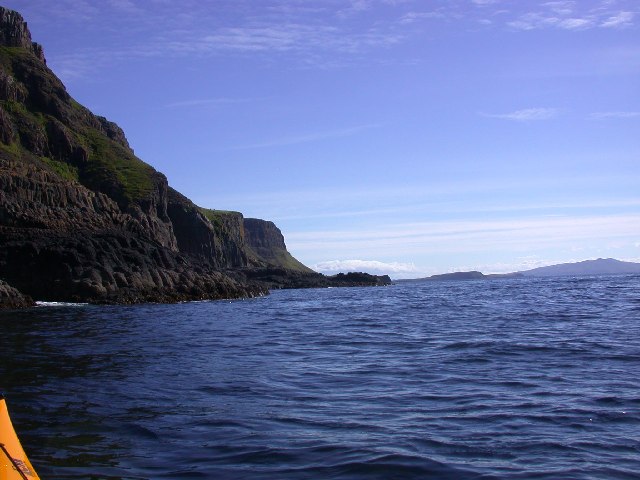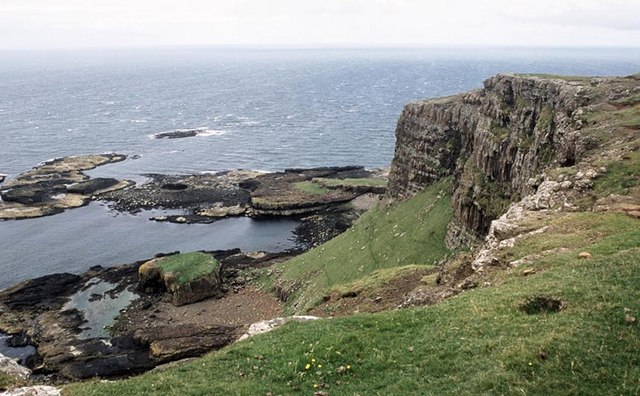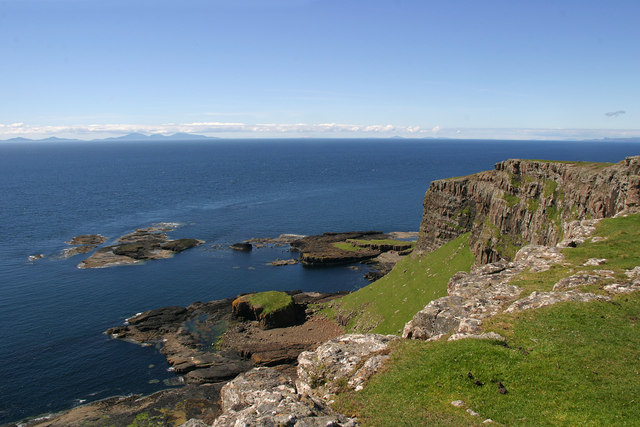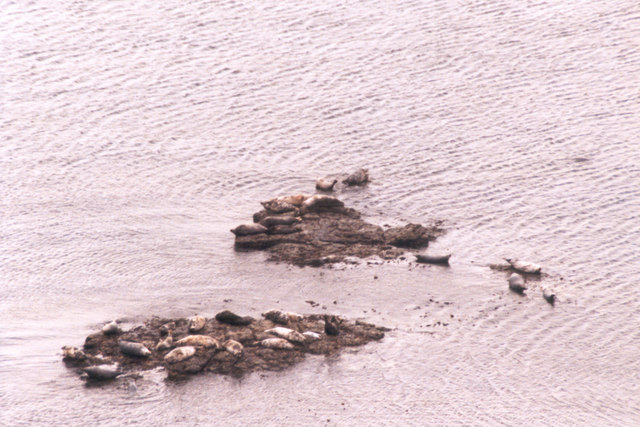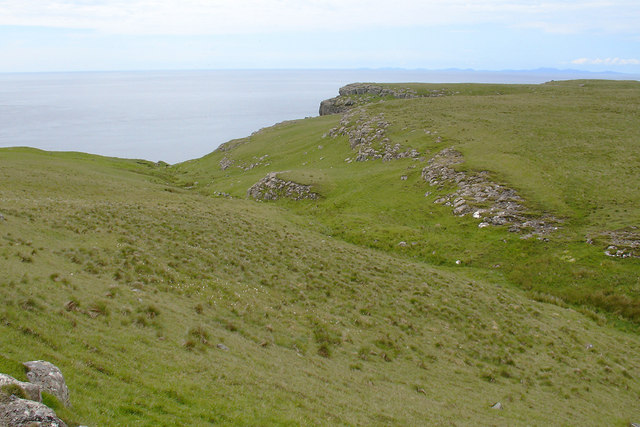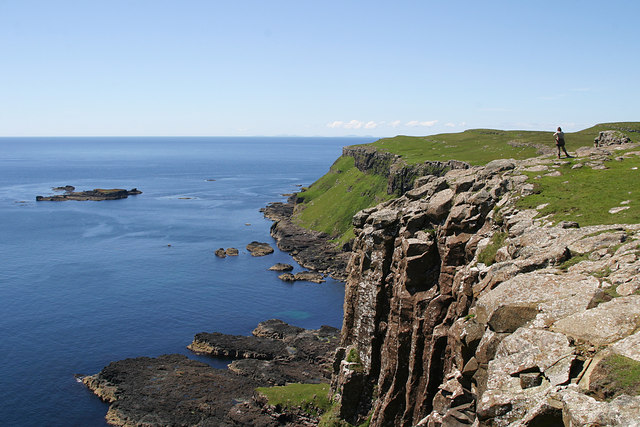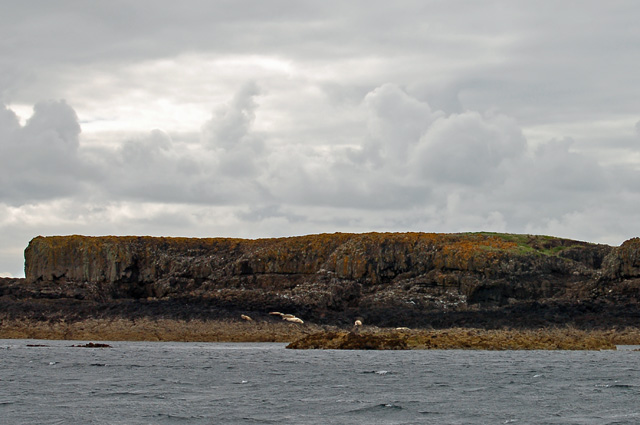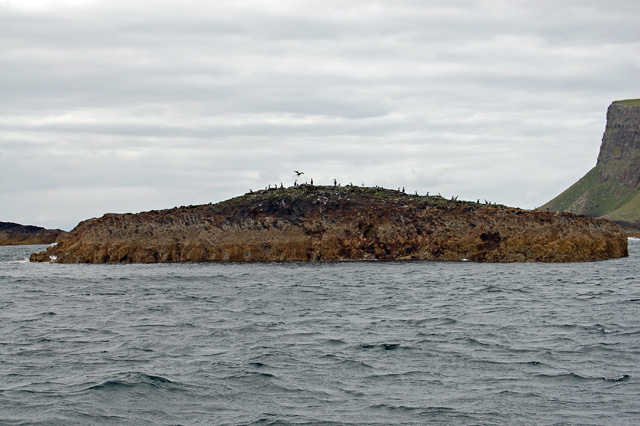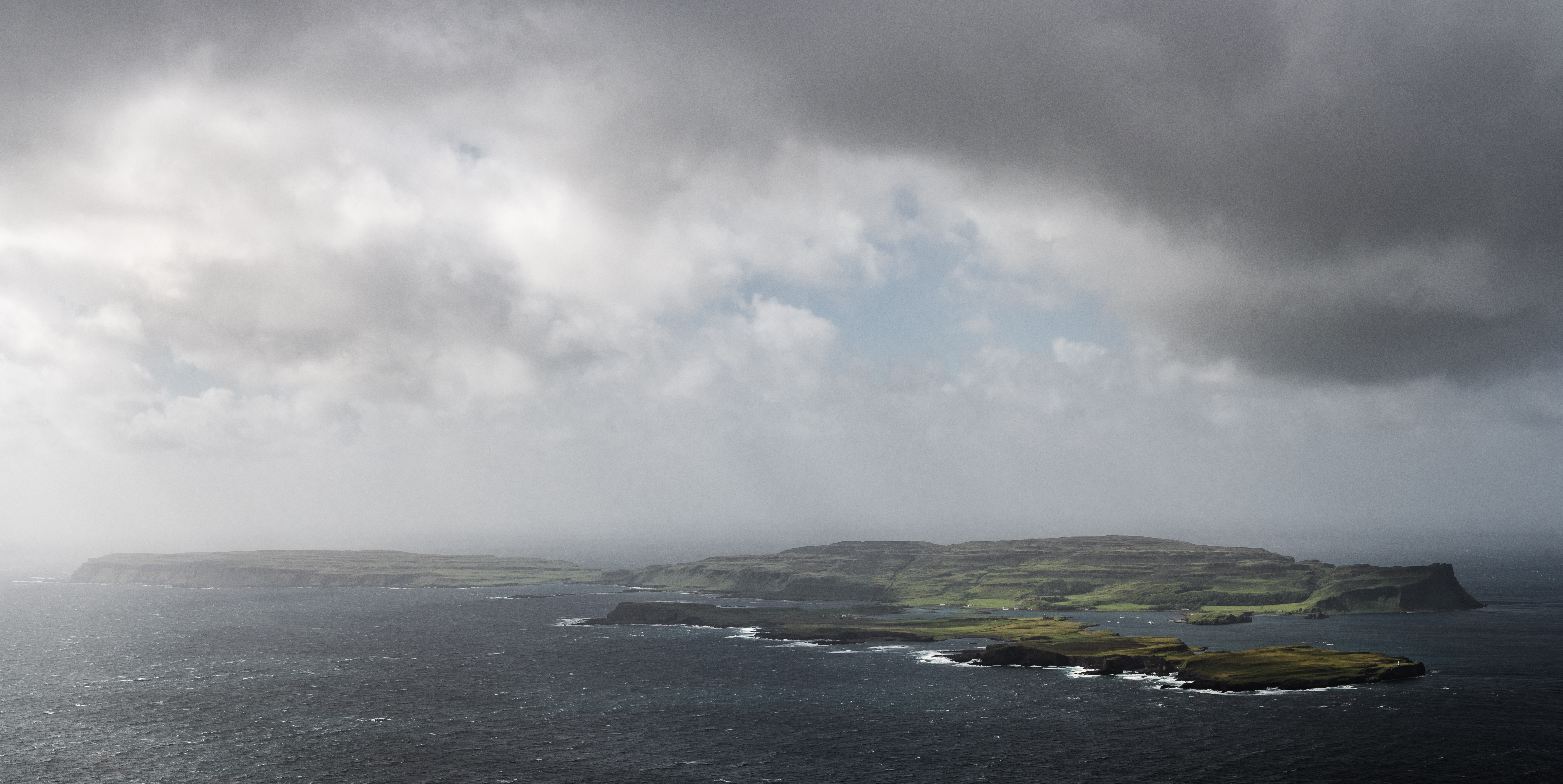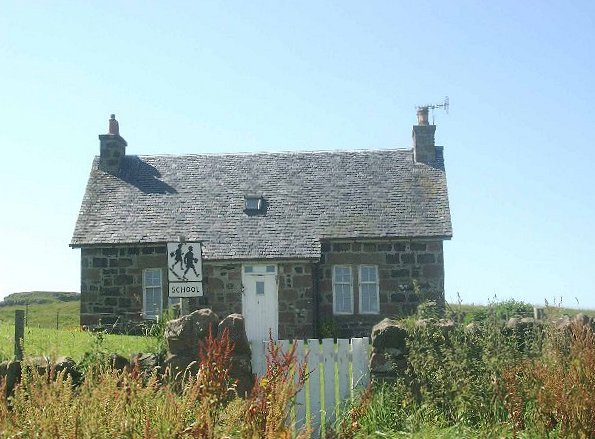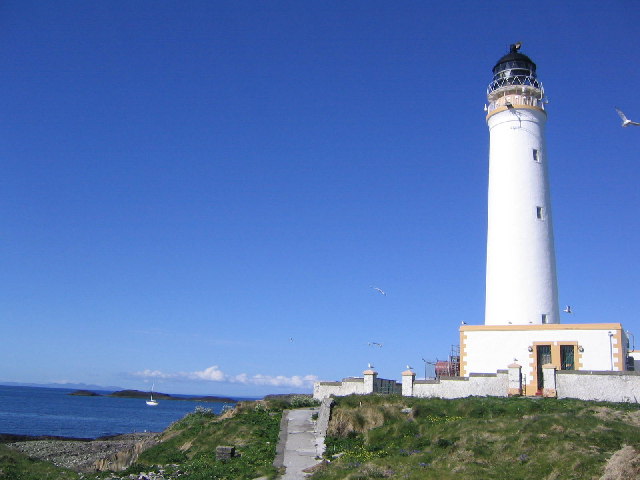An Stèidh
Island in Argyllshire
Scotland
An Stèidh
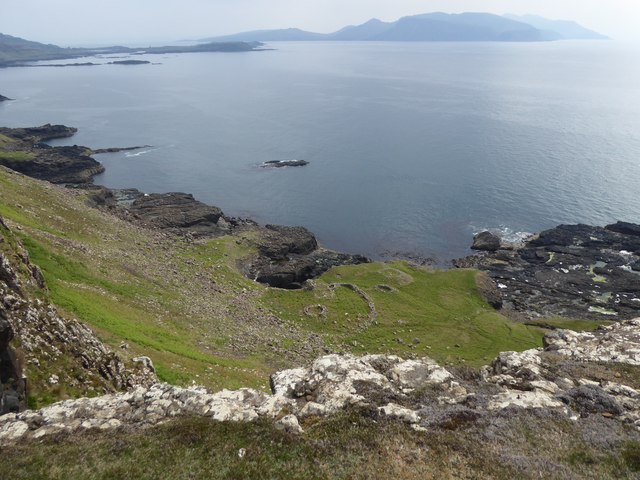
An Stèidh is a small island located in Argyllshire, Scotland. It is part of the Inner Hebrides archipelago and lies in the Sound of Mull. The island covers an area of approximately 20 hectares and is predominantly made up of rugged terrain and rocky cliffs.
An Stèidh is uninhabited and lacks any permanent structures or amenities. Its remote location and untouched natural beauty make it a popular destination for wildlife enthusiasts and nature lovers. The island is home to a wide variety of bird species, including puffins, guillemots, and razorbills, which nest in the rocky crevices.
The coastline of An Stèidh is characterized by its dramatic cliffs, which provide breathtaking views of the surrounding sea and neighboring islands. The island offers opportunities for hiking and exploring its diverse flora and fauna. Visitors can also enjoy fishing or simply relax on the pristine sandy beaches.
Access to An Stèidh is primarily by private boat or organized tours, as there are no regular ferry services to the island. It is important to note that being an uninhabited island, there are no facilities such as toilets or shops, so visitors are advised to bring their own supplies.
Overall, An Stèidh is a tranquil and unspoiled island, offering a unique and immersive experience for those seeking solitude and a connection with nature. Its untouched landscapes and abundant wildlife make it a true gem in the Scottish Isles.
If you have any feedback on the listing, please let us know in the comments section below.
An Stèidh Images
Images are sourced within 2km of 57.038619/-6.5931421 or Grid Reference NG2103. Thanks to Geograph Open Source API. All images are credited.
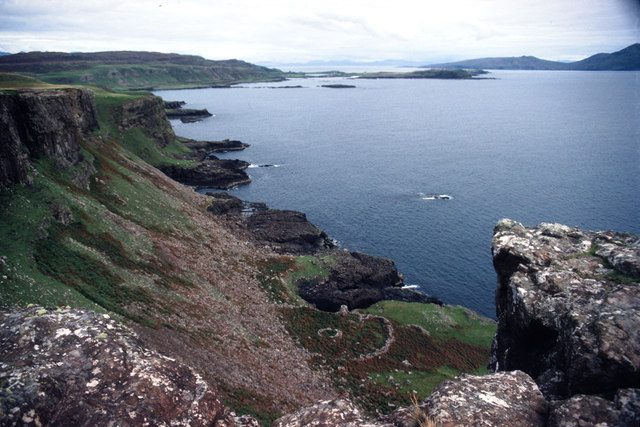
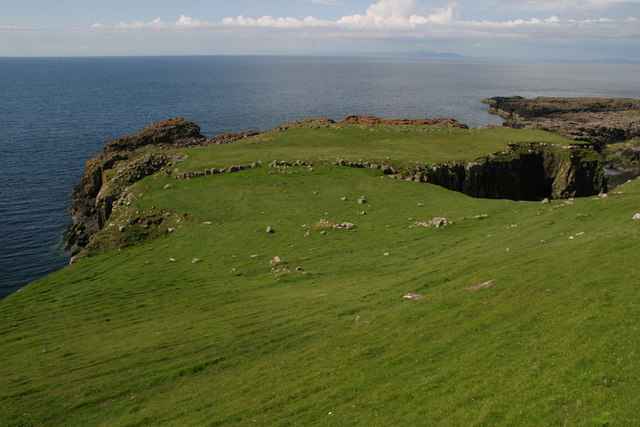
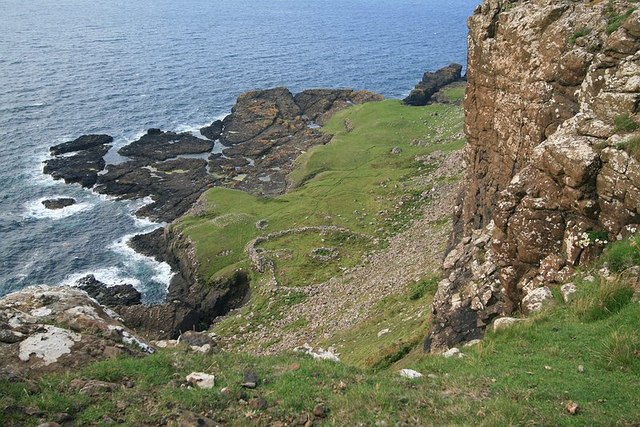
An Stèidh is located at Grid Ref: NG2103 (Lat: 57.038619, Lng: -6.5931421)
Unitary Authority: Highland
Police Authority: Highlands and Islands
What 3 Words
///alpha.proudest.currently. Near Carbost, Highland
Nearby Locations
Related Wikis
Canna, Scotland
Canna (; Scottish Gaelic: Canaigh, Eilean Chanaigh) is the westernmost of the Small Isles archipelago, in the Scottish Inner Hebrides. It is linked to...
A' Chill
A' Chill was a village on Canna, in the Scottish Small Isles. The name means "the cell", referring to a Culdee church, and is often anglicised as "Kil...
St Edward's Church, Sanday
St Edward's Church, Sanday, is a deconsecrated, and now disused church on the small isle of Sanday, Inner Hebrides, Scotland. The church was a gift to...
Sanday, Inner Hebrides
Sanday (Scottish Gaelic: Sandaigh; Scots: Sandee) is one of the Small Isles, in the Scottish Inner Hebrides. It is a tidal island linked to its larger...
St Columba's Church, Canna
St Columba's Church is a Category B listed building on the isle of Canna, in the Small Isles, Highland, Scotland. == History == Prior to the building of...
Hyskeir
Hyskeir (Scottish Gaelic: Òigh-sgeir) or Heyskeir is a low-lying rocky islet (a skerry) in the Inner Hebrides, Scotland. The Hyskeir Lighthouse marks the...
Hyskeir Lighthouse
Hyskeir Lighthouse was established in 1904. The 39 metres (128 ft) metre high lighthouse marks the southern end of the Minch, warning of the presence of...
Garbh Sgeir
Garbh Sgeir (Gaelic: 'rough skerry') is a rock about 100 metres west of the islet Òigh-sgeir, in the Small Isles, Lochaber, Scotland. There is an anchorage...
Nearby Amenities
Located within 500m of 57.038619,-6.5931421Have you been to An Stèidh?
Leave your review of An Stèidh below (or comments, questions and feedback).
